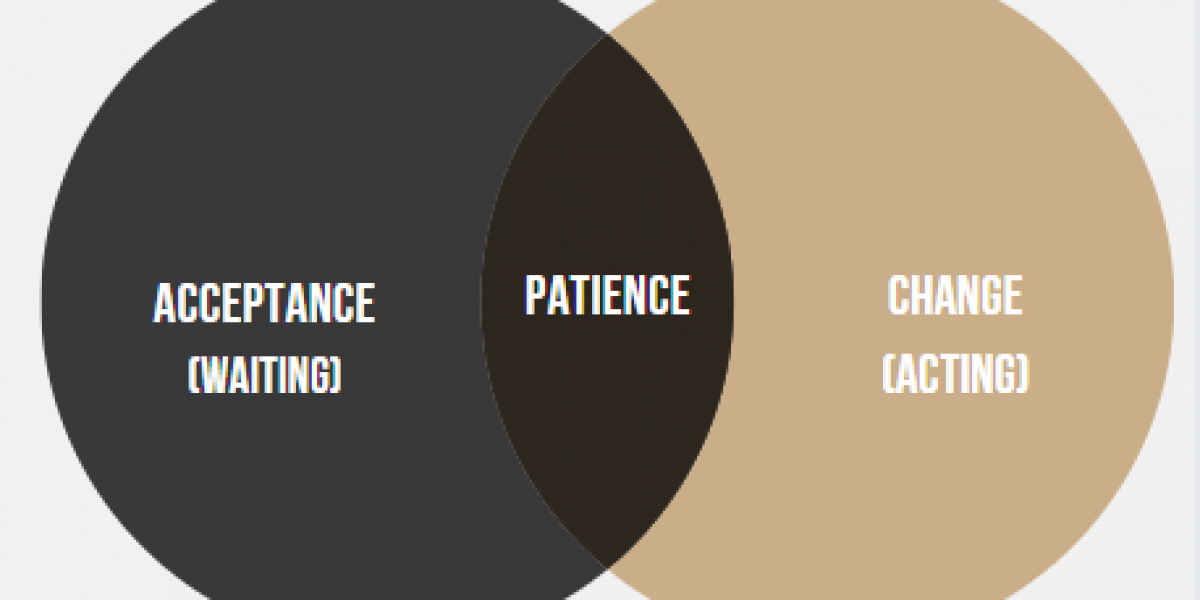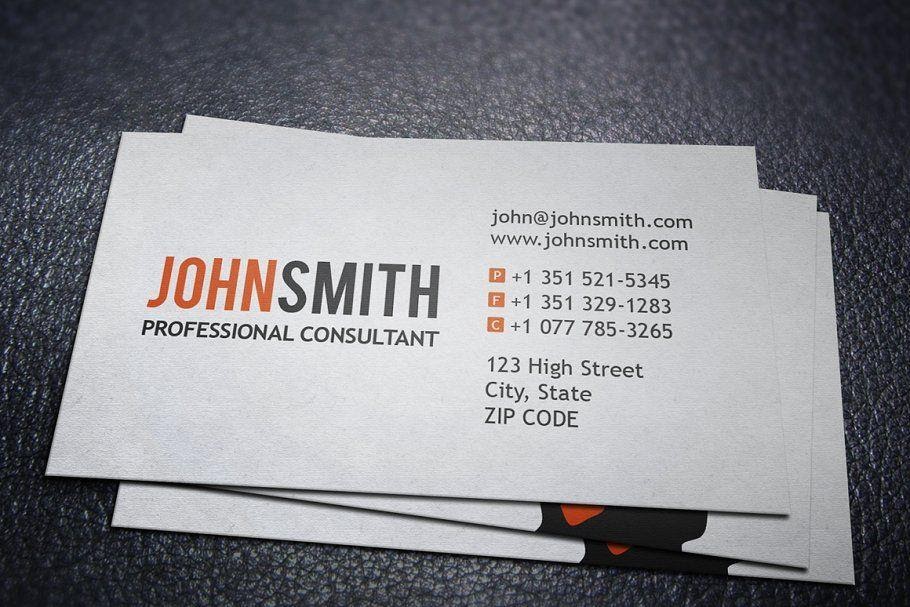Patience is often used to describe a quality a person possesses. But it is not just a virtue: it is a verb, an actional skill that creates dynamic leadership when developed and applied.
The concept of patience is simple but not easy: it is the balance of acceptance and change.
Patience is the ability to tolerate having to wait for a goal you want, which for most people is uncomfortable. All too often, it seems easier to take a short-sighted, impulsive action rather than wait, usually in an attempt to control the situation or take shortcuts.
Get exclusive tips, tools, and invitations to complimentary MasterClasses to support your success as a coach.
However, if a person can tolerate the irritation of waiting, they are poised to act in a moment that most effectively leads to problem solving and opportunity capture.
As a coach, I have seen three areas where finding an equanimous balance of acceptance and change pays dividends: marketing, with clients, and with myself.
Patience in Marketing
In my first career as a classical musician, I tended to underestimate how long it would take for goals to manifest. That unconscious mindset led to burnout and frustration.
Building on the insights of those experiences, I decided I would try a new marketing strategy as a coach. Instead of promoting myself as I did in my first career, I simply try to be available and attract clients through trustworthiness.
This strategy worked really well until the COVID-19 outbreak hit and my coaching practice slammed on brakes. For a while, I struggled against the reality of the situation, until I humorously realized that a worldwide pandemic was beyond my scope of power and control.
Instead of trying to force external progress with the “square peg in a round hole” syndrome, I decided to instead go inward and develop myself.
Unbeknownst to me, on the other side of that inner process I ended up with a book publishing deal, a podcast, and speaking engagements. In addition to the speaking and writing that came into being, I kept slowly keeping in touch with people on a collegial, friendly basis and coaching work eventually resumed. These outcomes were not a result of forcing my agenda onto my network, but by focusing on my personal outputs and letting the cards of life fall where they may. And it was all a pleasant surprise.
Patience in marketing is allowing clients and opportunities to come through attraction, not promotion and pursuit.
Patience with Clients
Patience separates good coaches from great coaches.
In coaching sessions, tempo and timing is crucial for optimum effectiveness.
A good coach is focused on getting a client to their desired outcomes and creating action.
A great coach can go slow, allowing a client to sit in silence as they reflect upon and struggle with a powerful question.
Patience in allowing the client to use their innate wisdom and greatness to find their own solution goes much further than a coach who tries to pack as much as possible into a session.
Patience is also key when a client has core, ingrained beliefs and values that are not congruent with the coach’s. Judgment and opinions about a client are not going to serve them in any way whatsoever. A better way is to be a nonjudgmental audience for the client to work out their own ideas. When I personally disagree with a subjective idea a client has, I find that it is key to take a breath and prioritize acceptance over change in those moments.
Finally, patience is paramount in regard to expectations about a client’s progress. There are plenty of concepts and life lessons that took me years to really own and internalize, so why should I expect that a client should be able to make immediate shifts?
In any of these situations with clients–whether it is giving them time to reflect, allowing them to have divergent opinions, or keeping expectations low–I have found general rules of thumb in applied patience:
- Prioritize acceptance over change
- Practice non judgment
- Walk a mile in the other person’s shoes
- See the issue from their perspective
- See the kernel of truth in statements you disagree with
- Let the client set expectations
These actionable guidelines have paid dividends in my interactions with clients both relationally and in measurable outcomes.
Patience with Self
To nail the point home one more time, patience is figuring out how to balance acceptance (waiting) and change (acting) in a way that works for you.
Patience with self matters because it is impossible to give to a client something you do not have yourself.
The first step in the process of self-patience is identifying when you are impatient: the thoughts, feelings, and behaviors that arise when certain people, words, or situations create unrest within you. The body tends to physically react with tense muscles, physical restlessness, irritability, and impulsivity.
The second step after identifying that you are experiencing impatience is to assess your expectations. Generally, the root cause of impatience is expecting too much on a timeline that is unreasonably quick.
When impatience arises, it is likely that a person needs to make clear, measurable goals and keep their expectations low. This happens in several ways:
- Accepting that no job, client, partner, child, etc. will ever be perfect, including yourself
- Setting specific, measurable, realistic goals (not overestimating one’s capability or underestimating the amount of time and energy it will take)
- Not comparing one’s life and career to others
- Getting clear on what you really want, and do not want, in the construction of your life and career.
These strategies give a person a moment of power to interrupt impatience so they can function optimally based on their values and priorities rather than speaking or acting impulsively.
When a person does ‘patience on purpose,’ they are able to be more laid back and easy going with themself and others, which makes them generally more effective in my relationship with themself, with clients, and in marketing.
Conclusion
Henri Nouwen once wrote that “a waiting person is a patient person. The word patience means the willingness to stay where we are and live the situation out to the full in the belief that something hidden there will manifest itself to us.”
I hope that you are able to help your clients, and yourself, find the ‘something hidden’ that is waiting to manifest when the situations of life and career are experienced to their fullest.







